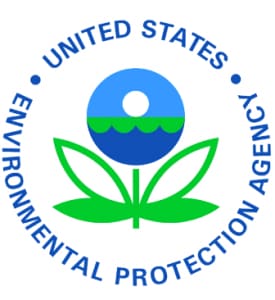With Summer’s Arrival, Rhode Islanders Reminded About Woonasquatucket River “Do’s and Don’ts”
OutdoorHub 06.29.12

As summer weather tempts local youth to find a place to swim, EPA reminds the public to use the Woonasquatucket River responsibly. Specifically, residents of North Providence, Johnston, and Providence should keep in mind that contamination in and along the river may pose a health risk.
EPA asks that people keep in mind the following Do’s & Don’ts for the Woonasquatucket River:
- Don’t eat fish, turtles, eels, other wildlife or plants from the Woonasquatucket River;
- Don’t wade in the shallow water or swim in the river;
- Don’t dig into the river banks; and,
- Do obey the warning signs posted along the river.
With summer weather in full force, the Woonasquatucket River is an appealing spot for children. While EPA continues to make progress in cleaning up dioxin contaminated areas, parents, teachers, and camp counselors should remain vigilant to ensure that children are protected from dioxin and other contaminants remaining in the water, sediment and soil. Walking, running, or bike riding along the river, and paddling a canoe or kayak on the river are ways to safely enjoy the river. However, people should wash thoroughly after any contact with the river water, sediment or soil.
In October 2011 EPA presented a proposed cleanup approach for addressing contamination in Allendale and Lyman Mill Ponds and floodplain areas and expects this fall to release the final cleanup plan and responses to comments received during the 120-day public comment period. The October 2011 Centredale Manor Restoration Project Superfund Site Proposed Cleanup Plan can be reviewed at the North Providence and Johnston public libraries.
More information on the Woonasquatucket River and Centredale Manor cleanup (http://www.epa.gov/region1/superfund/sites/centredale)

